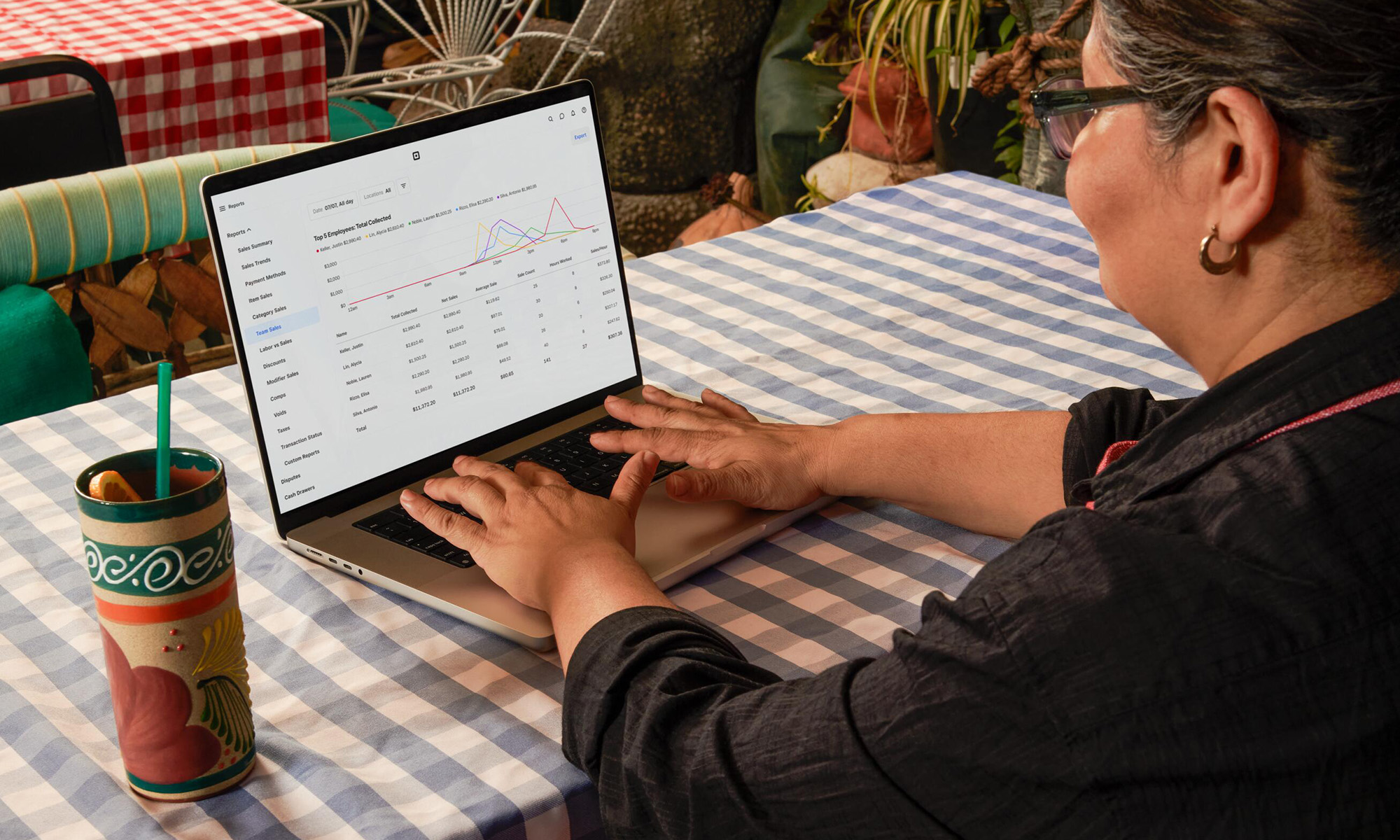Square (SQ +2.79%) sold its food delivery business, Caviar, to DoorDash last summer in a deal worth $410 million. But now the payments company wants back in.
Square launched On-Demand Delivery this week, to provide its Online Store to users to offer food delivery. Square is partnering with Postmates to facilitate deliveries, or restaurants can use their own couriers. Merchants pay a flat fee to Square, and Square passes through charges from its delivery partner.
On-Demand Delivery is Square's latest effort to fulfill its merchants' needs as social distancing measures have forced more consumers to place orders online. The move leverages Square's network of merchants to find margin in the cutthroat food delivery business while protecting its merchants' interests.

Image source: Getty Images.
Solving the merchant pain point
Square's new On-Demand Delivery service fits into its ecosystem much better than Caviar. "The way we think about developing forward is looking at the most critical pain points that our sellers and our customers experience, and then figuring out very, very simple accessible ways to solve some of those issues," CEO Jack Dorsey said during the company's fourth-quarter 2018 earnings call.
Square solves a major pain point with straightforward pricing for courier service. It charges $1.50 to the restaurant, and it passes along the courier service rate. Platforms like DoorDash and Postmates charge small restaurants as much as 30% for each order. Square may be able to negotiate better rates for its merchants with couriers, since it's bringing a network of restaurants to the table.
Restaurants can pass all or some of those fees on to customers. Square also offers the option for restaurants to use their own delivery drivers.
Another pain point for restaurant owners is that courier platforms control the customer relationship. While that means free marketing for the restaurant, it also means it's competing with every other restaurant on those platforms for users' attention.
Some restaurants may be better off communicating directly with their customer base, using more traditional marketing methods, and getting them to make purchases directly. That allows them to keep their customer information to themselves, and own the relationship. Square's new service is aimed at those restaurants, and it integrates with other Square services for customer relationship management.
A service shaped like a Square
Square tried to fit Caviar's service into its ecosystem, but it never quite made sense. It integrated the food-delivery service with Square for Restaurants and it paid drivers with Cash App, but selling the service to DoorDash allowed the fintech company to refocus on its services.
On-Demand Delivery makes much more sense as a service for Square. Importantly, it's a software-based solution that scales easily and provides excellent and immediate gross margin potential for Square. There's no need to spend heavily on acquiring customers and drivers for the service; the company is leveraging existing networks and connecting them instead. Square's seller base gives it a competitive advantage in the space, which will enable it to keep costs down and competition at bay.
Additionally, the start-up costs are extremely low. So, if the product fails to gain traction or its popularity is short-lived while indoor dining remains restricted, it's still a worthwhile effort for the company. With high potential earnings and low risk, Square is developing new ways to grow amid a tough environment for its business.






